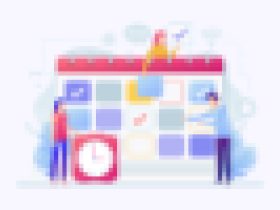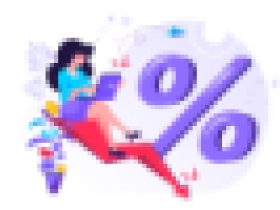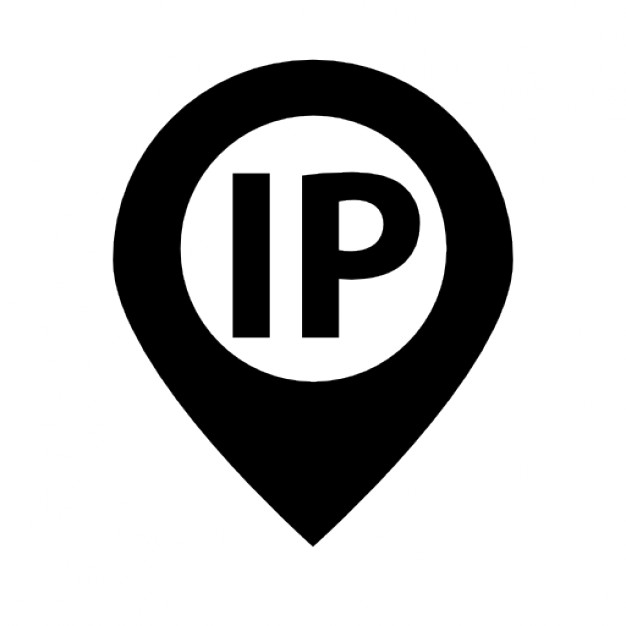Anti-spam filters use various criteria’s and analyze the mail pattern to score a mail as spam. Some of them are listed below:
- Users tend to click on “report abuse”, “junk mail” or “spam” button instead of “unsubscribe” as they find it more convenient.
- Frequent newsletters about news, articles and freebies can easily alert spam filters.
- Subject lines with “trigger” or “hype” words. Example: best, free, secret, money, home business, easy etc.
- A number of spam filters search an emails for keywords like “Free” in the subject line. “Free” is one of the most common spam search term.
- Capital letters. This is very important. If the subject line or the content contains sentences in ALL CAPS, it can easily get listed as spam. It is also recommended to use the word ‘Newsletter” in the subject line as it makes it look more genuine to anti-spam filters.
- Hyperlinks should not be incomplete. If the link is www.seo-mind.com, it should be mentioned with the http:// in the beginning. An URL which is incomplete will give more points to spam filters for blocking your email.
- Striking colors like Blue, Red and Magenta will also alert the spam filters. It is good to use more of white as background and less of other colors. If a color is necessary, it can be given as a background image.
- Most spam emails are less than 20k in size. If we have our emails slightly above the average spam e-mail size, it would be good.
Effects of being listed as Spam:
Being listed as spam should be considered serious. If any emails from your domain is listed as spam, then there are more possiblities that most of your emails directly land in the junk mail box. You can contact the respective spam protection team with proof for removing you from the blacklist.
- Online email sites like AOL, Gmail or MSN can act on a domain or an IP even if it gets few mails from a domain or an IP being marked as spam. This would mean, even a new registration email would not be received by the user or it would land directly in the spam box.
- If these sites find the spam level to be severe, some of them share the data with other servers leading to many mail servers blocking the indicted domain or the IP address. This is because, most mail servers opt for a third-party anti-spam filter.
- If a web server which also provides internet search [ex: Google, MSN, Yahoo] lists a website for spamming, it can in turn remove if from its search listing or lower its rankings.
Precautions
- Do not send unsolicited mails
- Never get an email list which does not contain your clients for bulk mailing
- Send a mail to a recipient asking for confirmation if they need newsletters after they register or at the time of registering
- Do not place promotional or trigger words. Avoid words described above.
- Never use capital letters. Especially in the subject line.
- Mention that it is a newsletter in the subject line.
- Do not send mails way too often. Some blogs or news websites send mails almost every day. This can irritate the email recipient and make them click on the “spam” button.
- Try to keep the email size between 20 – 50k.
- Provide complete URLs.
- Do not send mails from a free email service or a free email id.
The above precautions can help you get away with most of the anti-spam filters.













Leave a Reply